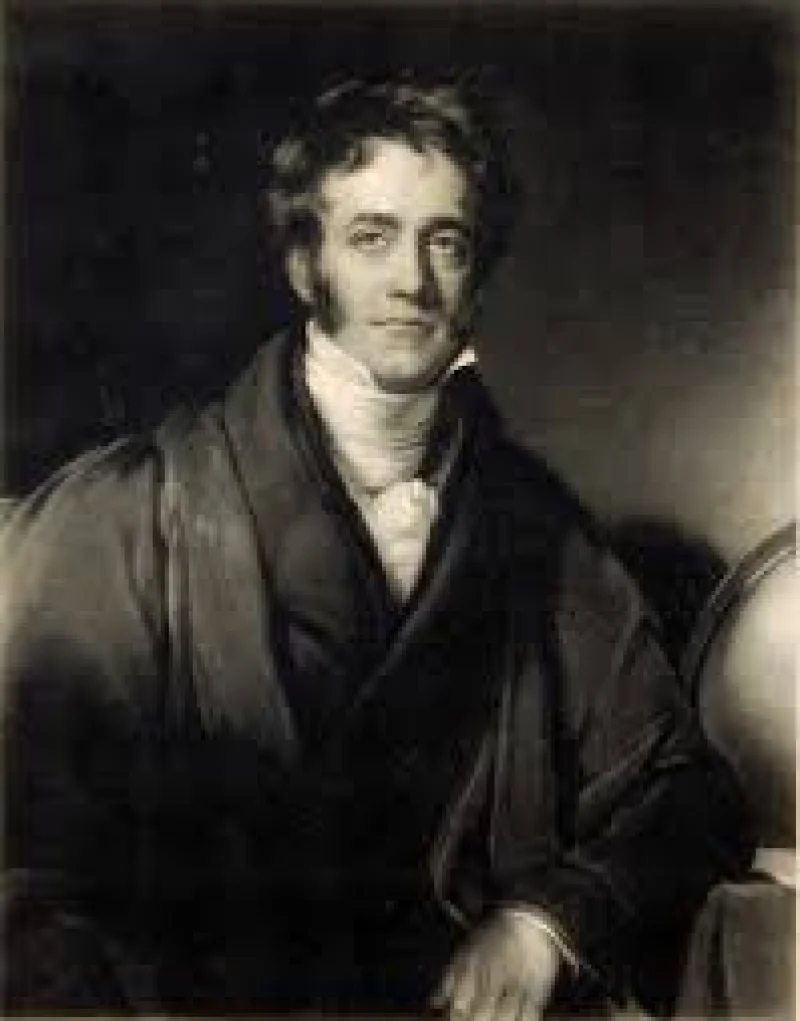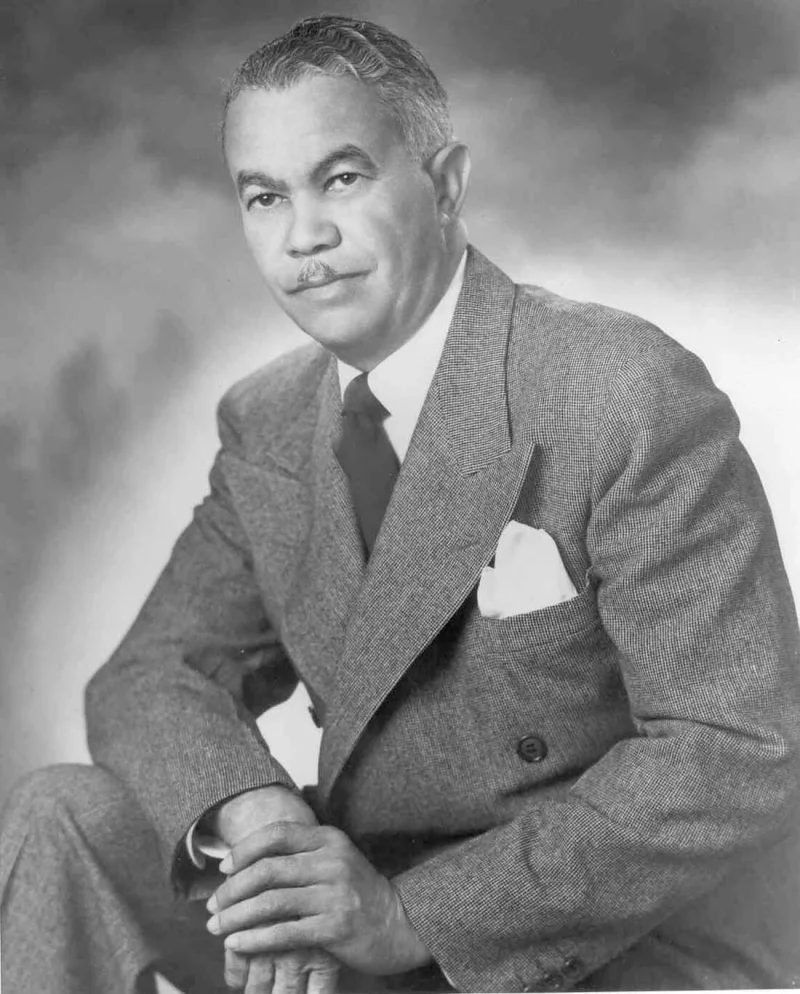Short Summary
John Herschel was a distinguished English polymath known for his extensive contributions to astronomy, mathematics, and photography in the 19th century. He was instrumental in cataloging stars, nebulae, and other celestial bodies, significantly advancing the field of astronomy. Herschel also made notable strides in the development of photography and coined several scientific terms. His work has left a lasting impact on both scientific inquiry and methodology.
Early Life & Education
John Herschel was born on March 7, 1792, in Slough, Buckinghamshire, England. He was the son of the famous astronomer William Herschel and Mary Baldwin Herschel, growing up in an environment heavily influenced by scientific exploration. He attended Eton College before transferring to St John's College, Cambridge, where he excelled in mathematics, graduating in 1813 as Senior Wrangler. Early on, he was inspired by his father’s pioneering work in astronomy, which set the foundation for his future pursuits in the field.
Career Highlights
Herschel's career was marked by significant contributions to astronomy and photography. In 1825, he began a comprehensive survey of the southern hemisphere's skies, cataloging thousands of stars and nebulae. His work in this area culminated in the publication of the "General Catalogue of Nebulae and Clusters" in 1864. In addition to his astronomical pursuits, Herschel made groundbreaking advancements in photography, particularly with his discovery of the cyanotype process. He also introduced the use of the Julian day system in astronomy and coined terms such as "photography" and "negative."
Major Achievements
- Cataloged over 5,000 celestial objects, enhancing the understanding of the southern hemisphere's skies.
- Discovered the cyanotype process, an early photographic technique still used today.
- Coined the terms "photography," "negative," and "positive," shaping the language of the field.
- Introduced the Julian day system in astronomical observations.
- Published "A Preliminary Discourse on the Study of Natural Philosophy," influencing scientific methodology.
Famous Quotes
- "The natural world, as it stands, is a world of wonders."
- "The stars themselves are living witnesses to the laws that govern the universe."
Interesting Facts
- Herschel was knighted in 1831 for his contributions to science.
- He was elected a Fellow of the Royal Society at the young age of 21.
- Herschel's work laid the groundwork for the New General Catalogue, which remains in use by astronomers today.
- He was a close friend of Charles Darwin and influenced the development of Darwin's evolutionary theories.
- The lunar crater Herschel is named in his honor, reflecting his impact on astronomy.
Legacy / Influence
John Herschel's legacy is deeply embedded in the fields of astronomy and photography. His comprehensive study of the southern skies expanded the astronomical catalog significantly, providing a foundation for future astronomers. His innovations in photography influenced the artistic and scientific communities, laying the groundwork for modern photographic techniques. His contributions continue to be recognized and built upon in scientific research and education.
FAQ
Q: Why is John Herschel famous?
A: He is famous for his contributions to astronomy and photography, including cataloging celestial objects and developing photographic processes.
Q: What was John Herschel's major contribution to photography?
A: He discovered the cyanotype process and coined the terms "photography," "negative," and "positive."
Q: How did John Herschel influence Charles Darwin?
A: Herschel was a close friend of Darwin and provided insights that influenced Darwin's development of evolutionary theories.
Q: What is the Julian day system?
A: It is a continuous count of days used in astronomy, introduced to improve the accuracy and consistency of astronomical observations.










